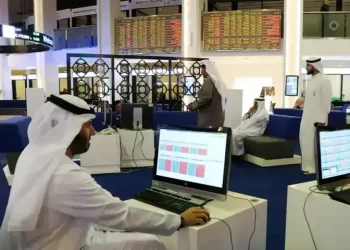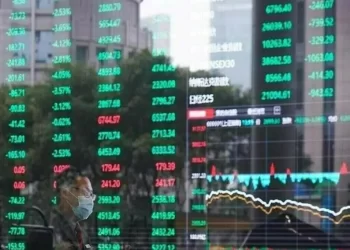The World Bank expects economic activity in Pakistan to continue recovering with real GDP growth estimated at 2.8% in FY25, an increase from the previous estimate of 2.3%.
The World Bank made these projections in a report titled ‘Pakistan Development Update: The Dynamics of Power Sector Distribution Reforms’.
The improvement in GDP growth comes “as the economy benefits from the absence of import restrictions, easing domestic supply chain disruptions, and lower inflation”.
World Bank places Pakistan in 4th quintile
“Business confidence is also expected to improve with credit rating upgrades and less political uncertainty,” it said.
Meanwhile, Pakistan’s agriculture sector is projected to grow at an average rate of 2.4% over FY25–26.
The World Bank was of the view that an absence of import controls will enhance the availability of farm inputs for the agricultural sector, contributing to the industry’s recovery over the medium term.
“Together, growth in the agricultural and industrial sectors will spill over to the services sector, which is anticipated to grow by 3.2% on average over FY25–26, led by recovery in the largest sub-sectors of wholesale and retail trade, and transport and storage amid the revival of imports and aggregate demand.
“However, output growth is expected to remain below potential at 3.2% in FY26 as tight macroeconomic policy, elevated inflation, and policy uncertainty continue to weigh on activity.”
The World Bank expects consumer price inflation in Pakistan to slow to an average of 11.1% in FY25 and further to 9% in FY26 owing to high base effects, lower commodity prices, and continued tight macroeconomic policies.
“But will remain elevated in the short term due to higher domestic energy prices, increasing money supply through OMOs, and new taxation measures as fiscal consolidation efforts continue.”
On the external front, Pakistan’s current account deficit is forecasted to remain low at 0.6% of GDP in FY25 and inch up to 0.7% in FY26 as domestic demand continues to recover amid the continued absence of import restrictions.
PM Shehbaz engages World Bank, IMF leaders on Pakistan’s economic reforms
“Inflows of critical imported inputs will also support major export-oriented sectors, including textiles,” it said
However, growth in imports is expected to exceed growth in exports, leading to a wider trade deficit. Meanwhile, remittances are expected to slow marginally in part due to slower growth in host countries.
“Amid a lower CAD, gross reserves are expected to improve marginally over FY25–26, supported by new inflows under the IMF-EFF program,” World Bank noted.
However, despite fiscal consolidation, the overall fiscal deficit is expected to remain high due to increasing interest payments, the World Bank said.
“The fiscal deficit is projected to increase to 7.6% of GDP in FY25 due to higher interest payments, but to gradually decrease with fiscal tightening and declining interest rates, narrowing to 7.3% in FY26.”
On the other hand, Pakistan’s downside risks remain high, the World Bank warned in its report.
Despite progress, Pakistan’s vulnerabilities, structural challenges remain formidable: IMF
“The outlook depends on the new IMF-EFF program remaining on track, continued fiscal restraint, and obtaining additional external financing.
“Significant risks stem from the heavy exposure of the banking sector to the Government and geopolitical instability.
The World Bank was of the view that urgent power sector reforms are necessary to address growing fiscal costs and risks
“The Special Focus section highlights the challenges in Pakistan’s power sector, including the escalating CD, operational inefficiencies, and a lack of investment.
“These issues stem from outdated infrastructure and management practices, leading to high distribution losses and low collection rates.”
The World Bank highlighted that despite improvements in generation capacity, the DISCOs continue to struggle, contributing to high electricity costs and financial instability.
“Private sector participation in the distribution sector offers the potential for improved management, increased efficiency, and new investment; but good outcomes are contingent on the establishment of a conducive broader policy and regulatory environment.”









